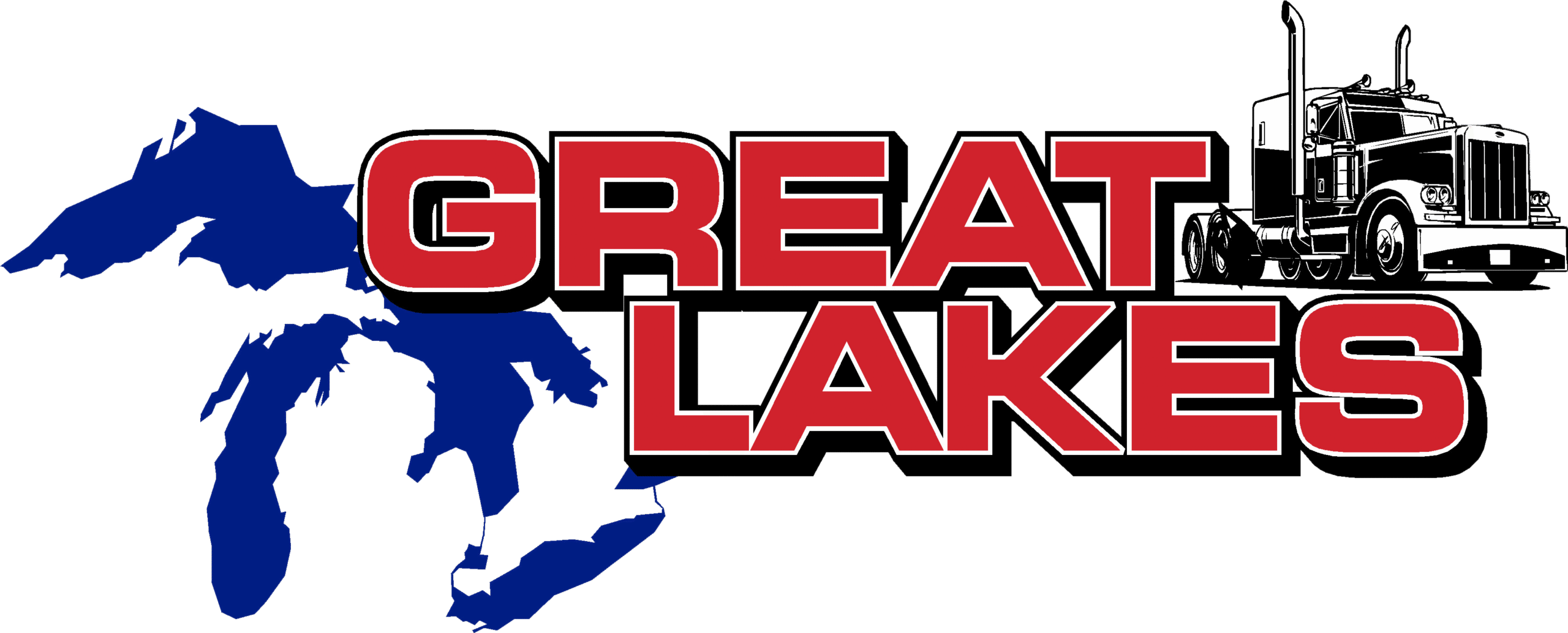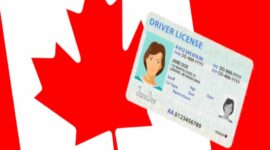Starting a career in trucking is a big step. A reputable, MTO-approved truck driving school helps you meet legal requirements, build real driving skill, and become job-ready without guesswork.
Why a school matters
- It’s the legal path for Class A.
Ontario requires Mandatory Entry-Level Training (MELT) before you can book a Class A road test. Approved schools deliver the MELT curriculum and issue the certificate the MTO needs. - Structured training that builds real skill.
Professional instruction shortens the learning curve on shifting, braking, space management, backing, cornering, coupling/uncoupling, and winter driving techniques. - Safety and compliance from day one.
You learn Schedule 1 daily inspections, air-brake (Z) endorsement, hours-of-service/ELD, cargo securement basics, and incident reporting so you start work compliant. - Road-test preparation on proper equipment.
Schools provide tractor-trailers and training yards so you can practice backing, alley docks, offsets, serpentine, and coupling in a controlled environment before test day. - Employer and insurer credibility.
Graduating from an approved program signals to carriers and their insurers that you’ve met provincial standards and had supervised seat time, which can improve hiring chances. - Faster transition to work.
Quality schools offer resume help, interview prep, and introductions to hiring carriers. No school can guarantee a job, but good training makes you competitive.
What you will typically learn
- Mandatory Entry-Level Training (MELT): minimum 103.5 hours total (in-class, yard, in-cab).
- Vehicle inspections: full Schedule 1 pre-trip, in-cab, and air system checks.
- Air-brake (Z) endorsement: operation, checks, and defects.
- Vehicle control: turns, lane positioning, speed management, shifting or auto-transmission operation.
- Backing and manoeuvres: straight-line, offset, alley dock, coupling/uncoupling.
- Defensive driving: hazard perception, following distance, winter and mountain basics.
- Regulatory compliance: hours-of-service, ELD use, cargo securement basics, weights and dimensions.
- Professionalism: trip planning, paperwork, border basics if applicable, communication with dispatch and shippers/receivers.
Honest expectations
- Jobs are in demand, not automatic.
Hiring depends on your licence class (A or D), driving record, right to work, and fit with the carrier’s routes. Training improves your chances; it doesn’t guarantee placement. - Safety first, always.
If you find a major defect during inspection, the vehicle is out of service until repaired. Schools should teach a safety-over-schedule mindset.
How to choose the right school
- MTO-approved for MELT and Z endorsement.
- Equipment similar to what you will test and work on.
- Instructor-to-student ratio that allows real driving time.
- Documented in-cab hours (not just observation).
- Transparent road-test booking and retest policy.
- Employer connections and resume/interview support.
- Clean safety culture: PPE, defect reporting, yard rules.
Getting started
- Confirm you meet the basics: 18+ with a full G licence and a valid medical for commercial driving.
- Enrol in an MTO-approved MELT program for Class A (or a Class D program if you’re targeting straight trucks).
- Pass the knowledge and vision tests.
- Complete training and pass your road test.
- Add Z endorsement if your vehicle has air brakes (most do).
- Apply with carriers; obtain TDG training from your employer if transporting dangerous goods.
A good school does more than help you pass a test. It builds safe habits, compliance knowledge, and confidence so you can start your trucking career the right way.




